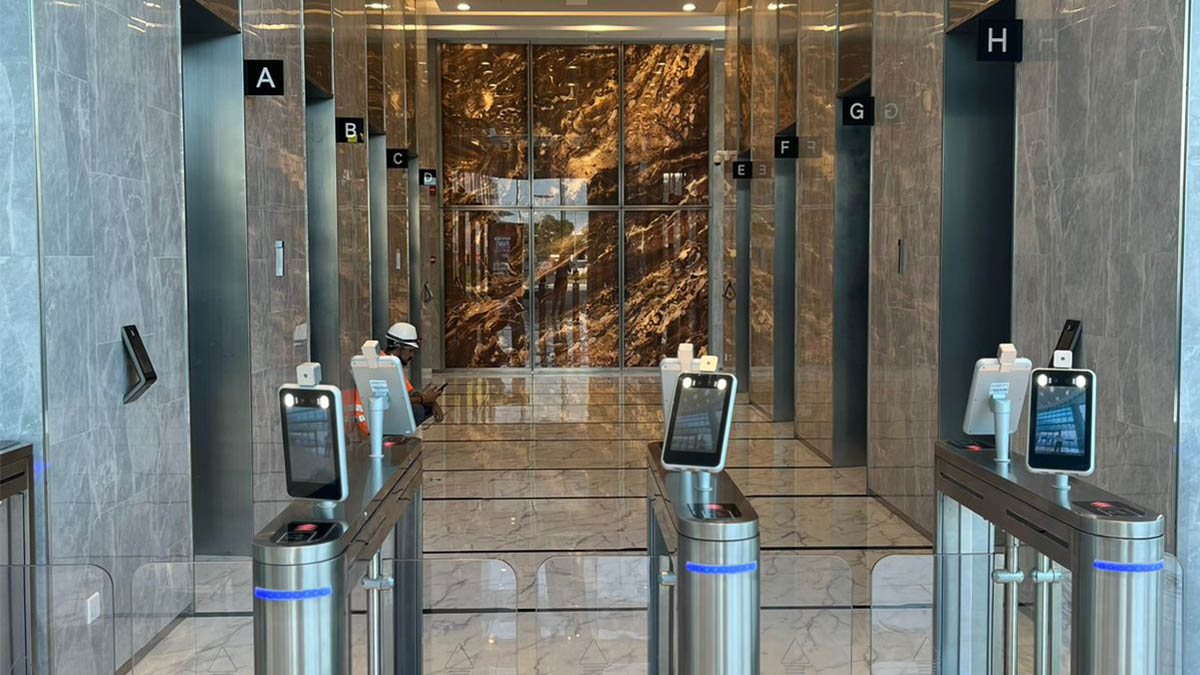The modern business space rentals are undergoing a profound shift—one that’s taking us from cubicle farms to open office plans, and from a paper-laden environment to a paperless one. However, as we strive for greater agility, flexibility, and productivity, we often overlook a crucial aspect of this transformation: sustainability. In the hustle to grow our businesses and streamline operations, the imprint we leave on the environment is frequently sidelined. In this comprehensive guide, we’ll explore practical and actionable sustainability tips that can help office managers and business owners create eco-friendly business space rentals without compromising on functionality or cost.
Assessing Sustainability Needs
Before you can make your commercial premises for rent more sustainable, you need to identify where your current environmental impacts lie. Completing an assessment will help you understand which areas require the most attention. Some key areas to consider include energy consumption, waste generation and management, water usage, and transportation. You should also take into account any relevant local regulations or certifications that your office space may need to adhere to.
Energy-Efficient Lighting and Equipment
The first step is often the simplest—upgrade to energy-efficient lighting, and power down non-essential equipment when not in use. Consider LED lights that not only consume less energy but also have longer life spans, reducing the need for frequent replacements. For machinery and appliances, the use of Energy Star-rated models can significantly lower your energy bill and carbon footprint.
Waste Management Practices
Assess your waste stream to find ways to reduce, reuse, and recycle. Start with a waste audit to understand what types and amounts of waste are being produced. Can paper use be minimized by going digital? Are there single-use items that can be replaced with more sustainable alternatives?
Indoor Air Quality Improvements
Good indoor air quality isn’t just about employee health; it’s also about ensuring that your office isn’t wasting energy by frequently replacing poorly circulated air. Upgrades like low-VOC paints, better filtration, and regular maintenance of HVAC systems can make a significant contribution to a healthier and more sustainable work environment.
Designing Sustainable Workspaces
The design of your office space plays a critical role in its sustainability. It’s not just about the layout, but also the materials and systems used. Here are some tips for designing a sustainable workspace:
Green Building Materials
When building or renovating commercial premises for rent, choose materials that are sustainably sourced, low-impact, and, where possible, can be recycled or repurposed at the end of their useful life. Think bamboo flooring, recycled metal fixtures, and natural fiber insulation.
Natural Lighting and Ventilation
Design your space to take full advantage of natural light and air circulation. This not only saves on energy costs but also creates a more pleasant and productive work environment. Skylights, large windows, and open floor plans can all contribute to a brighter, more sustainable workspace.
Recycling Stations and Composting Areas
Make it easy for employees to recycle and compost by providing clearly labeled stations throughout the office. You’ll be surprised by how much waste can be diverted from landfills when proper infrastructure and education are in place.
Employee Engagement Strategies
Sustainability isn’t just the responsibility of the facilities team; it’s everyone’s job. Engage your employees by making them part of the solution. Here are a few ways to get your team on board:
Create training initiatives, such as sustainability training and awareness programmes, to educate your workforce on sustainability’s significance and your specific implemented initiatives, fostering an engaged and supportive team. Encourage eco-friendly practices among employees by promoting activities such as using reusable items, opting for public transportation, and organizing environmental volunteer opportunities. Lead by example to garner staff buy-in as small actions accumulate towards impactful change. Implement sustainability goals and reward employees for meeting them by highlighting their contributions to the company’s sustainable practices.
Measuring and Monitoring Sustainability Efforts
What gets measured gets managed. Set up systems to track and monitor your sustainability initiatives so you can make informed decisions moving forward. Some metrics to consider are energy consumption, waste diversion rates, and employee engagement levels. By taking a holistic approach to sustainability in commercial premises for rent, we can make a significant impact on our environment while also reaping the benefits of cost savings and improved employee well-being. Here are some of the usable tips:
Tracking Energy Consumption: Utilities often provide tools for real-time energy monitoring. Utilize these resources or alternative software to monitor energy usage closely, pinpointing areas for enhancement.
Waste Reduction Metrics: Maintain detailed waste production records and assess the effectiveness of recycling and composting initiatives. Establish reduction targets and commemorate achievements along the way.
Employee Feedback Mechanisms: Engage with your employees to gather insights and suggestions on sustainability practices. Foster feedback channels and consider implementing their innovative ideas.
Conclusion
Creating a sustainable office space isn’t just the right thing to do for the planet; it’s also a smart business move. Sustainability can lead to cost savings, improved brand image, and a happier, more engaged workforce. By following the practical tips outlined in this post, you can take meaningful steps towards a greener, more efficient workplace. It’s time to power down the old, inefficient ways and light up the path to a sustainable future for your business.
